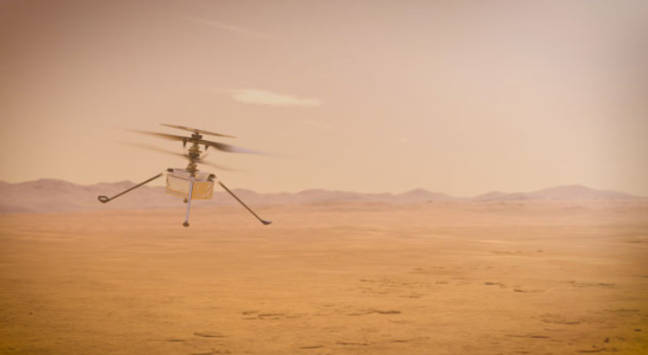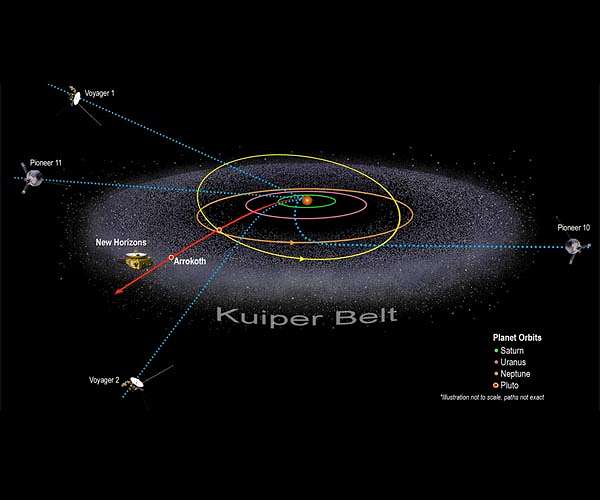NASA is so pleased with the Ingenuity Mars Helicopter's performance that it will devise a new “operations demonstration phase” in which the craft will be tasked with “exploring how aerial scouting and other functions could benefit future exploration of Mars and other worlds.”
The decision to define a new mission came ahead of Ingenuity’s delayed
fourth flight, which eventually overcame software glitches to perform its longest-ever flight.
On this trip the ‘copter rose to five meters, flew 133 meters south and then returned to its take-off position. The craft remained aloft for 117 seconds.
NASA has
published some performance data about the helicopter’s exploits, reporting that it has handled winds of up to eight meters per second, calculated the local Martian atmosphere has 1.3 percent the density of Earth’s (at sea level), and that when the craft hovers its rotor power is around 210w.
Before Ingenuity gets its new mission, it has a fifth flight to complete. This time it’s expected to revisit the turnaround point used on flight four, and land there to await further instructions.
NASA hasn’t detailed what Ingenuity will be asked to do beyond flight five, other than to say it’s all about planning to help aerial observation efforts on future missions and will involve “more precision manoeuvring, greater use of its aerial-observation capabilities, and more risk overall.”





